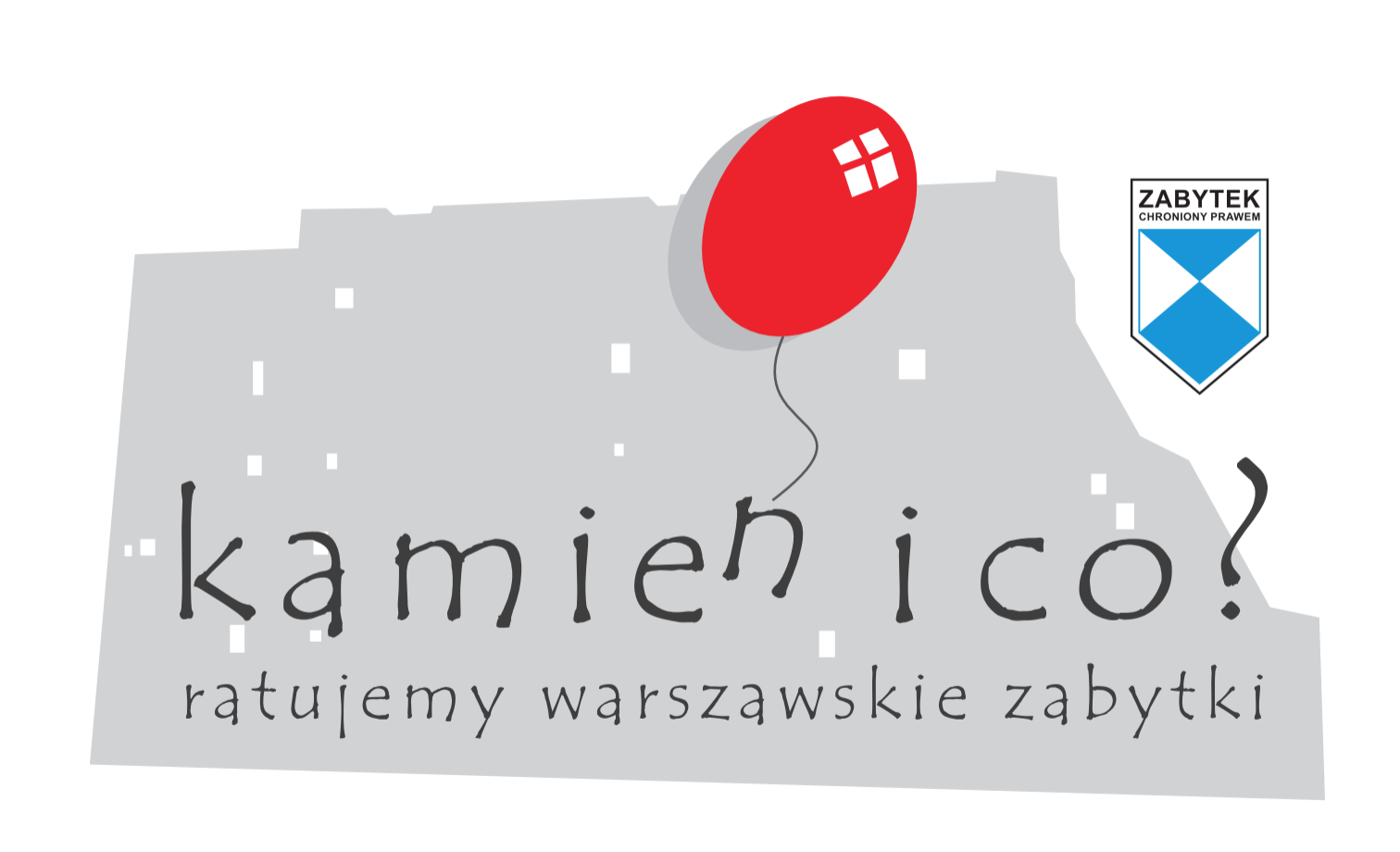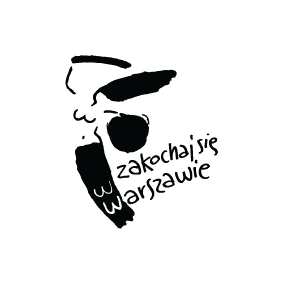
"Casino" Cinema
50 Nowy Świat

Televisor – a device that allows you to see your interlocutor over the phone was designed by Fredek – a young engineer and inventor, the protagonist of the film "Fredek Beglads the World". The music was written and performed by Mieczysław Weinberg, among others. The soundtrack itself received good reviews; the rest of the film was not viewed as positive: the reviewers criticised the direction and editing, as well as the vocals of one of the leading actresses, the star of the Polish revue Loda Halama.
Warsaw Life Caught in the Act
And yet, considering the sad achievements of Polish filmmaking, this picture is not explicitly negative. One can notice a glimpse of intelligence in it. As well as a slightly better kind of purpose. It does not feature a single face that is slimy in its "photogenicity", made after the rag-tag fashion of lowly American cinemas. It features our faces – faces that can be found in the streets of Warsaw and its cafés. The humour (intentional) and the punch-lines (unattained) were inspired by drunken scenes, seen perhaps in the public houses on Marszałkowska Street or Nowy Świat
– states Stefania Zahorska in "Wiadomości Literackie" (Literary News).
The consequences of using Televisor are disastrous for the inventor and everyone around him. First, he sees his fiancée in an ambiguous situation, and then the potential sponsor and manufacturer falls from his wife's favour when she discovers his extramarital escapades. Finally, the Televisor is installed in a restaurant, where it keeps on exposing further scandals. Was this production really as bad as the critics claimed?
Fortunately, the film has survived to this day, so everyone can form their own opinion. Enthusiasts of old architecture will appreciate the quality of Jakub Joniłłowicz's photographs taken in the Old Town: on Kanonia and Jezuicka Street, and the Old Town Square. Fans of pre-war popular music will find this film a real gem.
Mieczysław Weinberg's World
Watching "Fredek" is a journey through time to the world of Mieczysław Weinberg. Sitting in an armchair, we suddenly find ourselves at a wild house party, in a fashionable café, and in a music theatre of interwar Warsaw. Thanks to this production, we can not only listen to Weinberg's instrumental music but also watch the young composer at the piano. The film features famous stage artists with whom the pianist played in a trio and toured Poland: Loda Halama and Józef Czaplicki – an opera singer who also performed successfully in a lighter repertoire.
The production also featured a team of female revelers "Te Cztery" (Them Four) created by Wanda Vorbond-Dąbrowska. The songs heard in "Fredek" were also composed by Witold Krupiński, the author of melodies featured in many popular tangos, foxtrots and slowfoxes. We can listen to them to this day, as they were recorded by the Warsaw label Syrena Record.
The orchestra was led by Igo Wesby. He was the conductor of the legendary Qui Pro Quo literary and revue theatre, who then collaborated on various revue productions of Andrzej Włast. In the years 1937–1939, he was a conductor at the music theatre on Karowa Street, where Mieczysław Weinberg also worked. The circumstances, in which the young composer and pianist began cooperating with Andrzej Włast's "Great Revue" and the star of his shows, Loda Halama, are unknown.
Varsavia Film
"Fredek beglads the world" was the only production of Varsavia – Film, which was based in the very centre of Warsaw, at 6 Nowogrodzka Street. However, a few days before the movie premiered, the company moved to Powiśle to the address of 1 Franciszek Salezy Street. The film was produced in a modern lot "Falanga", which in September 1936 had two sound studios: at Trębacka and Szopena Streets. It was directed by Zbigniew Ziembiński.
The film premiered on 17 September 1936 at the Warsaw picture house “Casino”, at 50 Nowy Świat Street. It is a classicistic Jan Willert tenement house, built at the beginning of the 19th century and rebuilt after World War II. The remaining pre-war photographs show a neon sign installed on the building's façade, along with advertisements for the currently screened movies. The cinema hall was located in the outhouse, at the back of the property, i.e. where today's Gałczyńskiego Street is situated, marked out during the post-war reconstruction works.








